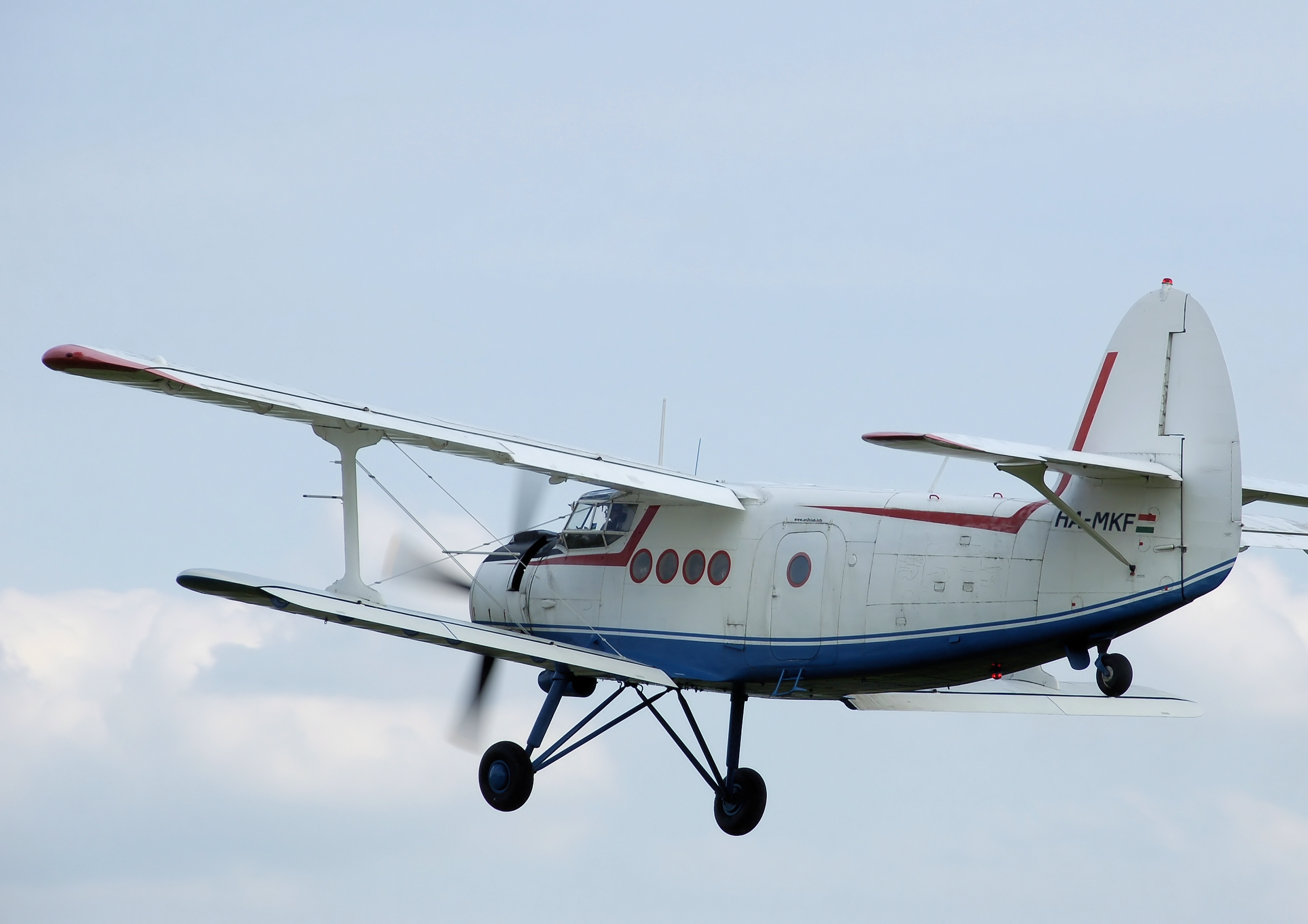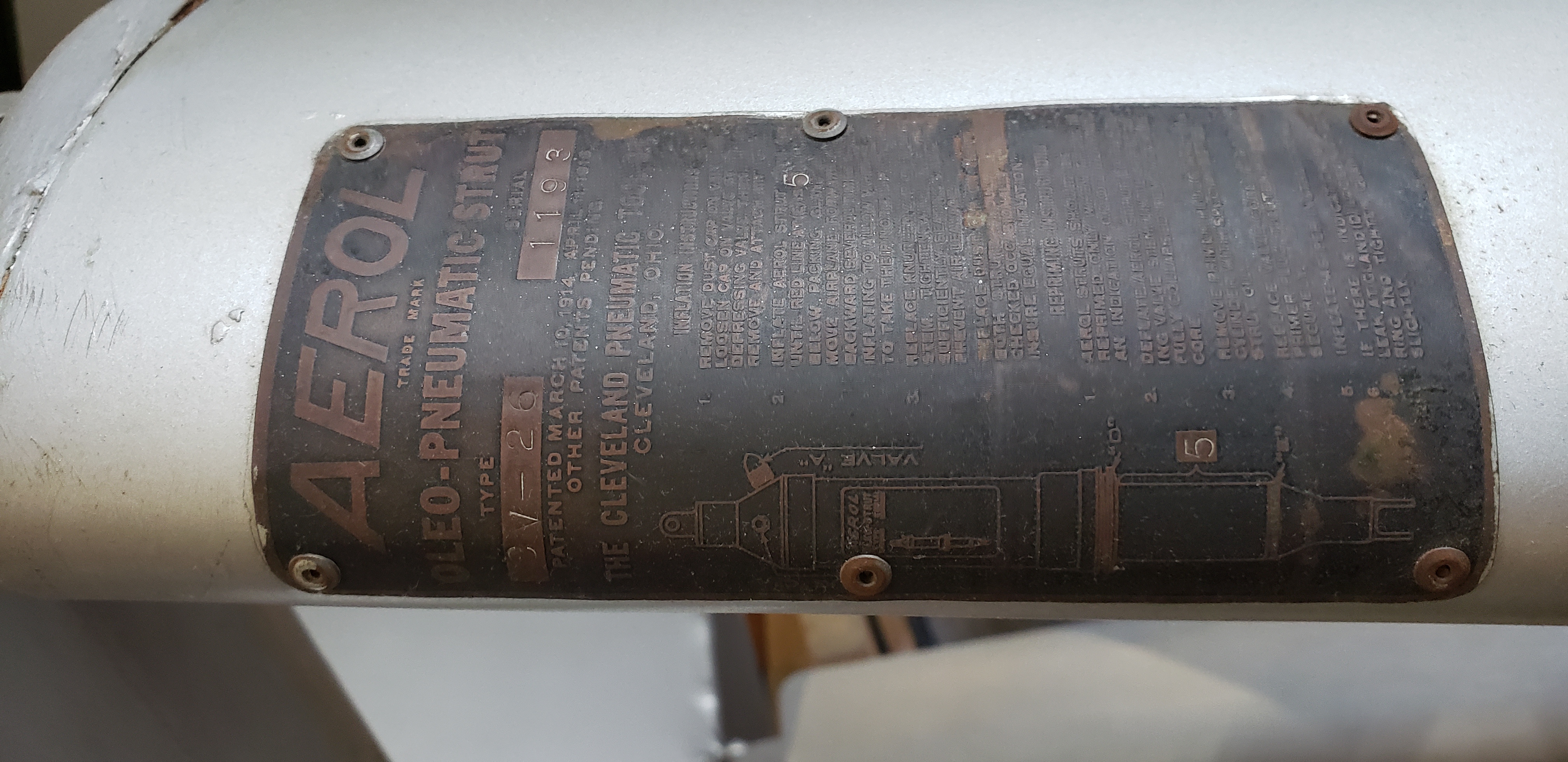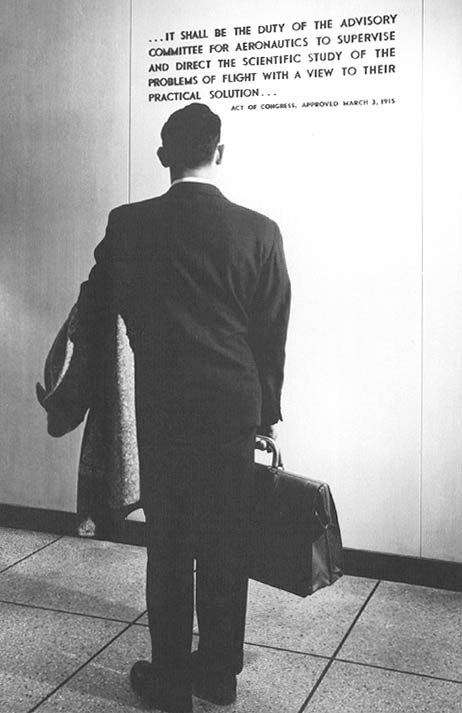|
Zenith Z-6
The Zenith Z-6 is a single engine biplane U.S. airliner built in the late 1920s. Its cabin, in the fuselage immediately behind its radial engine, holds five or six passengers depending on engine power. It is flown from an open cockpit further aft. Nine were completed and one has been restored to flight. Design and development The first Zenith Z-6, a five passenger product of Zenith Aircraft based in Santa Ana, CA, first flew in 1927. After serious commercial confusion with another Zenith Aircraft, based in Uniontown, PA, the west coast company changed its name in 1928 to Albatross Aircraft. Hence both the Z-6 and their later, trimotor Z-12 have been referred to as Zenith Albatross Z-6 and Zenith Albatross Z-12 or Albatross Z-12. Its unequal span, single bay wings are rectangular in plan out to rounded tips and are mounted with strong stagger. There is dihedral only on the lower wing. The wings have spruce box spars and ribs and are fabric covered. The upper and lo ... [...More Info...] [...Related Items...] OR: [Wikipedia] [Google] [Baidu] |
WikiProject Aircraft
A WikiProject, or Wikiproject, is a Wikimedia movement affinity group for contributors with shared goals. WikiProjects are prevalent within the largest wiki, Wikipedia, and exist to varying degrees within sister projects such as Wiktionary, Wikiquote, Wikidata, and Wikisource. They also exist in different languages, and translation of articles is a form of their collaboration. During the COVID-19 pandemic, CBS News noted the role of Wikipedia's WikiProject Medicine in maintaining the accuracy of articles related to the disease. Another WikiProject that has drawn attention is WikiProject Women Scientists, which was profiled by '' Smithsonian'' for its efforts to improve coverage of women scientists which the profile noted had "helped increase the number of female scientists on Wikipedia from around 1,600 to over 5,000". On Wikipedia Some Wikipedia WikiProjects are substantial enough to engage in cooperative activities with outside organizations relevant to the field at issue. For e ... [...More Info...] [...Related Items...] OR: [Wikipedia] [Google] [Baidu] |
Strut
A strut is a structural component commonly found in engineering, aeronautics, architecture and anatomy. Struts generally work by resisting longitudinal compression, but they may also serve in tension. Human anatomy Part of the functionality of the clavicle is to serve as a strut between the scapula and sternum, resisting forces that would otherwise bring the upper limb close to the thorax. Keeping the upper limb away from the thorax is vital for its range of motion. Complete lack of clavicles may be seen in cleidocranial dysostosis, and the abnormal proximity of the shoulders to the median plane exemplifies the clavicle's importance as a strut. Architecture and construction Strut is a common name in timber framing for a support or brace of scantlings lighter than a post. Frequently struts are found in roof framing from either a tie beam or a king post to a principal rafter. Struts may be vertically plumb or leaning (then called canted, raking, or angled) and may be straight ... [...More Info...] [...Related Items...] OR: [Wikipedia] [Google] [Baidu] |
Goodyear Airwheels
Goodyear may relate to: Companies * Goodyear Tire and Rubber Company * Goodyear Redwood Company, foresting company operated from 1916 to 1932 * Edward Goodyear, a florist company in London, England * Goodyear Lumber Company, one of many lumber and railway companies owned by Charles W. Goodyear People * Goodyear (surname) Goodyear is a surname. Notable people with the surname include: *Albert Goodyear, American archaeologist in South Carolina *Anson Goodyear (1877–1964), American businessman and philanthropist *Charles Goodyear (1800–1860), inventor of vulcanize ... * Goodyear family Places * Goodyear, Arizona, a city in the United States ** Goodyear Ballpark, a baseball field owned by the city of Goodyear ** Phoenix Goodyear Airport, a public airport nearby the city of Goodyear * Goodyear Village, Arizona, of the Gila River Indian Community * Goodyear Airdock, located in Akron, Ohio * Goodyear Block, a commercial building in Manchester, Michigan * Goodyear Pol ... [...More Info...] [...Related Items...] OR: [Wikipedia] [Google] [Baidu] |
Oleo Strut
An oleo strut is a pneumatic air–oil hydraulic shock absorber used on the landing gear of most large aircraft and many smaller ones. This design cushions the impacts of landing and damps out vertical oscillations. It is undesirable for an airplane to bounce on landing as it could lead to a loss of control, and the landing gear should not add to this tendency. A steel coil spring stores impact energy from landing and then releases it, while an oleo strut instead absorbs this energy, reducing bounce. As the strut compresses, the spring rate increases dramatically because the air is being compressed. The viscosity of the oil dampens the rebound movement. History and applications The original design for the oleo-pneumatic shock-absorbing strut was patented by British manufacturing conglomerate Vickers Armstrong during 1915. It had been derived from the recuperative gear design of the Vickers gun, controlling recoil by forcing oil through precisely sized orifices. Vickers' oleo stru ... [...More Info...] [...Related Items...] OR: [Wikipedia] [Google] [Baidu] |
Landing Gear
Landing gear is the undercarriage of an aircraft or spacecraft that is used for takeoff or landing. For aircraft it is generally needed for both. It was also formerly called ''alighting gear'' by some manufacturers, such as the Glenn L. Martin Company. For aircraft, Stinton makes the terminology distinction ''undercarriage (British) = landing gear (US)''. For aircraft, the landing gear supports the craft when it is not flying, allowing it to take off, land, and taxi without damage. Wheeled landing gear is the most common, with skis or floats needed to operate from snow/ice/water and skids for vertical operation on land. Faster aircraft have retractable undercarriages, which fold away during flight to reduce drag. Some unusual landing gear have been evaluated experimentally. These include: no landing gear (to save weight), made possible by operating from a catapult cradle and flexible landing deck: air cushion (to enable operation over a wide range of ground obstacles and wat ... [...More Info...] [...Related Items...] OR: [Wikipedia] [Google] [Baidu] |
Balanced Rudder
Balanced rudders are used by both ships and aircraft. Both may indicate a portion of the rudder surface ahead of the hinge, placed to lower the control loads needed to turn the rudder. For aircraft the method can also be applied to elevators and ailerons; all three aircraft control surfaces may also be mass balanced, chiefly to avoid aerodynamic flutter. Ships A balanced rudder is a rudder in which the axis of rotation of the rudder is behind its front edge. This means that when the rudder is turned, the pressure of water caused by the ship's movement through the water acts upon the forward part to exert a force which increases the angle of deflection, so counteracting the pressure acting on the after part, which acts to reduce the angle of deflection. A degree of semi-balance is normal to avoid rudder instability i.e. the area in front of the pivot is less than that behind. This allows the rudder to be moved with less effort than is necessary with an unbalanced rudder. The ... [...More Info...] [...Related Items...] OR: [Wikipedia] [Google] [Baidu] |
Fin (aeronautics)
An aircraft stabilizer is an aerodynamic surface, typically including one or more movable control surfaces, that provides longitudinal (pitch) and/or directional (yaw) stability and control. A stabilizer can feature a fixed or adjustable structure on which any movable control surfaces are hinged, or it can itself be a fully movable surface such as a stabilator. Depending on the context, "stabilizer" may sometimes describe only the front part of the overall surface. In the conventional aircraft configuration, separate vertical (fin) and horizontal (tailplane) stabilizers form an empennage positioned at the tail of the aircraft. Other arrangements of the empennage, such as the V-tail configuration, feature stabilizers which contribute to a combination of longitudinal and directional stabilization and control. Longitudinal stability and control may be obtained with other wing configurations, including canard, tandem wing and tailless aircraft. Some types of aircraft are stabiliz ... [...More Info...] [...Related Items...] OR: [Wikipedia] [Google] [Baidu] |
Elevator (aeronautics)
Elevators are flight control surfaces, usually at the rear of an aircraft, which control the aircraft's pitch, and therefore the angle of attack and the lift of the wing. The elevators are usually hinged to the tailplane or horizontal stabilizer. They may be the only pitch control surface present, and are sometimes located at the front of the aircraft (early airplanes) or integrated into a rear "all-moving tailplane", also called a slab elevator or stabilator. Elevator control effectiveness The elevator is a usable up and down system that controls the plane, horizontal stabilizer usually creates a ''downward'' force which balances the nose down moment created by the wing lift force, which typically applies at a point (the wing center of lift) situated aft of the airplane's center of gravity. The effects of drag and changing the engine thrust may also result in pitch moments that need to be compensated with the horizontal stabilizer. Both the horizontal stabilizer and ... [...More Info...] [...Related Items...] OR: [Wikipedia] [Google] [Baidu] |
Tailplane
A tailplane, also known as a horizontal stabiliser, is a small lifting surface located on the tail (empennage) behind the main lifting surfaces of a fixed-wing aircraft as well as other non-fixed-wing aircraft such as helicopters and gyroplanes. Not all fixed-wing aircraft have tailplanes. Canards, tailless and flying wing aircraft have no separate tailplane, while in V-tail aircraft the vertical stabiliser, rudder, and the tail-plane and elevator are combined to form two diagonal surfaces in a V layout. The function of the tailplane is to provide stability and control. In particular, the tailplane helps adjust for changes in position of the centre of pressure or centre of gravity caused by changes in speed and attitude, fuel consumption, or dropping cargo or payload. Tailplane types The tailplane comprises the tail-mounted fixed horizontal stabiliser and movable elevator. Besides its planform, it is characterised by: *Number of tailplanes - from 0 ( tailless or canard) t ... [...More Info...] [...Related Items...] OR: [Wikipedia] [Google] [Baidu] |
NACA
The National Advisory Committee for Aeronautics (NACA) was a United States federal agency founded on March 3, 1915, to undertake, promote, and institutionalize aeronautical research. On October 1, 1958, the agency was dissolved and its assets and personnel were transferred to the newly created National Aeronautics and Space Administration (NASA). NACA is an initialism, i.e., pronounced as individual letters, rather than as a whole word (as was NASA during the early years after being established). Among other advancements, NACA research and development produced the NACA duct, a type of air intake used in modern automotive applications, the NACA cowling, and several series of NACA airfoils, which are still used in aircraft manufacturing. During World War II, NACA was described as "The Force Behind Our Air Supremacy" due to its key role in producing working superchargers for high altitude bombers, and for producing the laminar wing profiles for the North American P-51 Mustang. N ... [...More Info...] [...Related Items...] OR: [Wikipedia] [Google] [Baidu] |
Townend Ring
A Townend ring is a narrow- chord cowling ring fitted around the cylinders of an aircraft radial engine to reduce drag and improve cooling. Development The Townend ring was the invention of Dr. Hubert Townend of the British National Physical Laboratory in 1929. Patents were supported by Boulton & Paul Ltd in 1929. In the United States it was often called a "drag ring". It caused a reduction in the drag of radial engines and was widely used in high-speed designs of 1930–1935, before the long-chord NACA cowling came into general use. Despite suggestions of it exploiting the Meredith effect, low airspeeds, low temperature differences and small mass flows make that unlikely, particularly when combined with the lack of flow control as the air exits the cowling.Becker, J.; ''The high-speed frontier: Case histories of four NACA programs, 1920–1950'', SP-445, NASA (1980)Chapter 5: High-speed Cowlings, Air Inlets and Outlets, and Internal-Flow Systems: The ramjet investigati ... [...More Info...] [...Related Items...] OR: [Wikipedia] [Google] [Baidu] |
Chord (aeronautics)
In aeronautics, the chord is an imaginary straight line joining the leading edge and trailing edge of an aerofoil. The chord length is the distance between the trailing edge and the point where the chord intersects the leading edge.L. J. Clancy (1975), ''Aerodynamics'', Section 5.2, Pitman Publishing Limited, London. The point on the leading edge used to define the chord may be the surface point of minimum radius. p.18 For a turbine aerofoil the chord may be defined by the line between points where the front and rear of a 2-dimensional blade section would touch a flat surface when laid convex-side up. The wing, horizontal stabilizer, vertical stabilizer and propeller/rotor blades of an aircraft are all based on aerofoil sections, and the term ''chord'' or ''chord length'' is also used to describe their width. The chord of a wing, stabilizer and propeller is determined by measuring the distance between leading and trailing edges in the direction of the airflow. (If a wing has ... [...More Info...] [...Related Items...] OR: [Wikipedia] [Google] [Baidu] |






